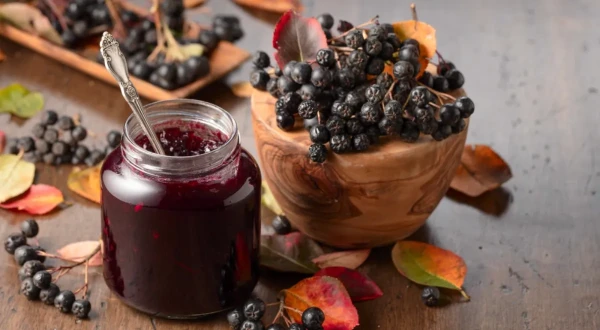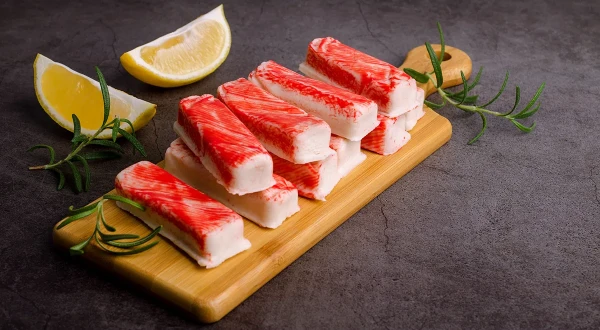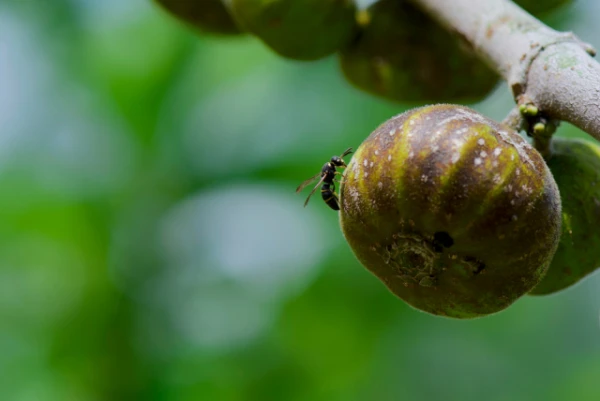
Bright red clusters of rowan are a symbol of autumn. Can these berries be consumed?
Dietitian Andrey Bobrovsky dispelled myths and explained how to properly consume rowan and what its real benefits are.
When and How to Eat Rowan
Fresh rowan berries taste bitter and astringent, which is why they are rarely included in the diet. However, according to the expert, this is not a reason to refuse the berry. One just needs to wait for the first frosts — after that, the bitterness goes away, and the rowan becomes softer and tastier. The concentration of tannins decreases, while the sugar content increases.
After the frosts, the berries can be harvested, eaten fresh, dried, frozen, or mashed with honey.
What Are the Benefits
Red rowan is rich in vitamins C, A, E, as well as manganese, magnesium, and iron. According to scientists, it:
- strengthens the immune system and helps resist seasonal infections;
- improves digestion and stimulates bile production;
- has a mild diuretic and anti-inflammatory effect;
- promotes the health of blood vessels and skin.
To preserve the maximum benefits, it is better not to subject rowan to prolonged heat treatment.
Which Rowan is Healthier: Red or Black
Scientists from the Institute of Molecular Virology at the University of Ulm (Germany) previously proved that the juice of black rowan, aronia, has powerful antiviral activity.
The study showed that a 5-minute gargle with aronia juice destroys up to 99.99% of SARS-CoV-2 and influenza viruses. Pomegranate juice, elderberry syrup, and green tea exhibited similar, but less pronounced, activity.
Both red and black rowan are suitable for the autumn diet. The main thing is to exclude contraindications before consumption. For example, rowan is contraindicated for people with increased blood clotting, peptic ulcer disease, and individual intolerance.













